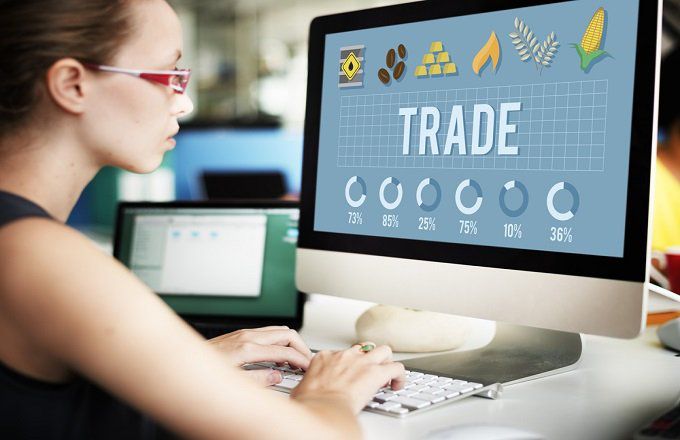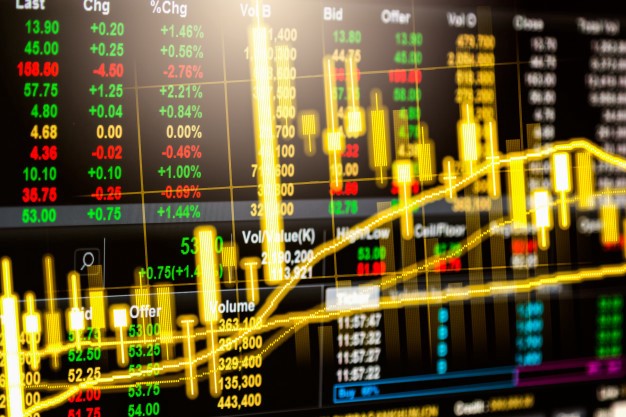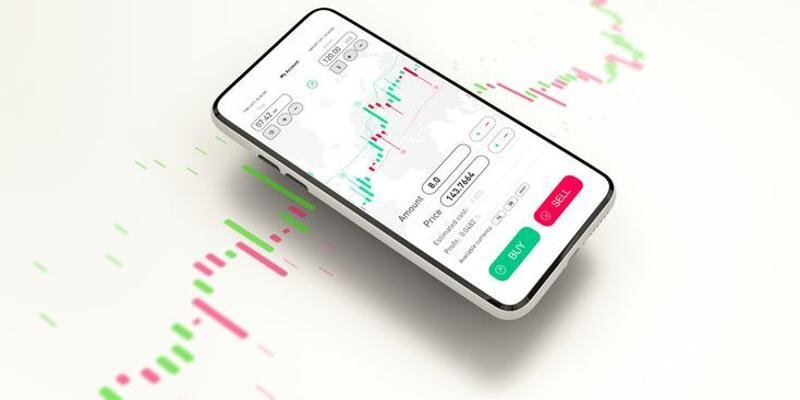All You Need to Know About Commodity Index?
Nov 12, 2023 By Susan Kelly
It is possible to invest in a commodity index, which measures the prices as well as returns of a group of commodities. It keeps track of things like currencies, agricultural commodities, energy, industrial metals, and precious metals. Based on changes in commodity prices, an index's value fluctuates. Commodity exchange-traded funds (ETFs) monitor the MCX index, which is widely used in India.
What Is a Commodity Index?
The commodity index measures a basket of commodities prices and returns. It is possible to invest in these indices via the use of mutual funds or ETFs (ETFs). Many individuals who wish to invest in commodities but not futures use commodity index funds. The value of these indexes may be exchanged on an exchange, much like stock index futures, depending on the value of their underlying commodities.
How does the Commodity Index Works?
Commodity indexes measure the prices and returns of a variety of commodities as an alternative investment vehicle. It's a way to keep tabs on the cost of tangible goods. For example, it is an index that follows the prices of commodities such as maize and wheat as well as coffee and cocoa as well as sugar and soybeans as well as precious and industrial metals. Every commodity index is different in terms of how many goods it tracks, how much each good is worth, and sometimes even how many goods it tracks. Commodity-specific indices, such as the MCX iCOMDEX Metals Index, monitor nothing but metals.
How much the index is worth depends on how much the assets that make up the index are worth. Because the index's value is tied to the underlying assets, any changes will have an effect on the whole market. Investing in a commodity index is an option for investors who do not wish to bet on the future price of commodities. Interest and dividends are not the primary sources of return for investors. Capital gains are realized when the value of the underlying asset grows. Commodities are the raw ingredients that everyone needs to produce. For instance, the filling of a car's petrol tank, the consumption of food, and the donning of a cotton shirt are all examples of things that, at some time, interact with the commodity trade.
How Can I Purchase Commodities?

Investing in commodities may be done in one of three ways. There are three main ways to invest in commodities: directly in the commodity itself, in the stock of firms involved in the commodity's production, such as oil and gas corporations, or in commodity-related mutual funds. Buying and storing real oil, for example, may be difficult and time-consuming. The simplest way to purchase commodities is via an exchange-traded fund (ETF) with exposure to such assets.
What is a Commodity Index Made of?
The commodities themselves, like wheat, oil, gold, or even soybeans, are the fundamental components of a commodity index. These components make up the index as a whole. The performance of a commodity index is based on the price fluctuations of the underlying commodities, which are selected for inclusion in the index.
What's Different About the Commodity Index from Other Indices?
Commodity indexes are distinct from other indexes in this regard. Capital gains, or the price performance of commodities, are all that matter in determining the overall return. The following are some of the commodities index's distinctive features: Most commodities index construction is based on non-standard concepts. The physical market size of commodities, for example, may be taken into consideration. Index members are weighted based on the size of their respective markets.

Commodity index contracts each have a specific expiration date. The end of its life means that it is no longer alive. In order to maintain the index's integrity, the contracts of the index's constituents are "rolled over." Changing the expiration date from one future date to another is possible with rolling over. The rollover is also limited to certain dates. 'Rollover days' are a term for these dates. Contracts are often renewed after two expirations. This index measures the difference in returns between the two expirations. A "roll return" may be earned when there is a significant difference between the two values.
Conclusion
Commodity indexes keep tabs on the price movements of various commodities. Certain commodities are given weights by index issuers, and the percentages assigned to them vary depending on the methodology used. Weights may be varied, or they can be average. As an alternative and as a means of portfolio diversification, the commodities index may be used. Commodities may now be purchased digitally, making it simpler for investors to become involved. Investors often concentrate on commodity index futures since actual trading commodities is difficult. They may then use these indexes to invest in commodities and make money as the price of the underlying commodity rises.








